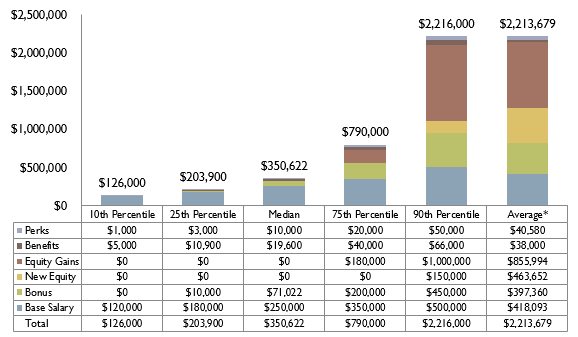
Note: I would like to acknowledge Free Float Media’s Damion Rallis and Matt Moscardi for the many insights from their podcasts. Credit goes to them for the fundamental argument of this article. They are and remain a source of food for thought. For this and many other articles on Shirahime.
For stock listed companies, remuneration packages of CEOs typically contain a significant portion of stocks that are tied by stock options.
Stock options are “a financial instrument that allows the option holder the right to buy or sell shares of a certain stock at a specified price for a specified period of time.” (Source)
The purpose of those options – evidently – is to keep the CEOs attention onto the stock price developments, and therefore shareholder interests, as he runs after a company’s everyday businesses.
In order to give this context however, the following pieces of data are relevant to be aware of:
- the average tenure of a large-cap CEO is 5 years in the US (in 2017, down by 1 year from 2013), and somewhat longer in the Europe
- the frequent (not to say typical) time range for stock options is around a maximum of 5 years (hence cash out on the shares they are given as part of the remuneration package), in many cases also shorter than that
- share buy back programmes have been extremely frequent in the last 10 years (around 7 Trillion USD globally). Beneficiaries are evidently holders of share – which chiefly includes the C-suite, but not normal workers of a company.
This outlines on first sight the following paradox:
CEOs are geared by the incentives the are following to really look at a short-term success horizon – not much beyond their stock option time frame.
And the key reasons are:
- the typical tenure is no longer than 5 years and often less AND
- the time horizon associated with the stock options as part of their remuneration package are lower than that time frame also.
And that is even before getting to the quarterly reporting cycles deemed soooo relevant by the stock market.
Yet: There is a (logical) remedy to this type of short-termism.
Let’s take an example of how that could concretely look like:
Elon Musk’s most recent 2018 remuneration package agreement encompassed 10 year stock options (for details look at the proxy statement), which on top of that are only realisable IF Tesla hits some really demanding profitability goals.
Hence: This clearly makes the case that investors and the board want and require him to focus on the viability and success of that company at the very least over that time horizon. Even if he were not be CEO any more 10 years from now.
IF he manages to achieve all that, Musk will be a multi-billionaire. If not, he’ll be broke.
Typical remuneration packages to not require that type of thinking: a typical CEO is able to sell off the stocks he owns shortly after his tenure – statistically – has expired. There is no point of thinking further – about the long-term viability and success of the company.
Given the challenges that will come upon us from the Climate Crisis, changing stock option horizons, and minimising cash payments to the C-Suite, could mean no further Climate related KPIs are needed in the CEO performances measures.
So, at least at the level of genuinely stock listed and traded companies (without one single absolute majority holder be by number of or voting weight of shares – could be the most important solution approach for these companies’ behaviour.
This said: For SMEs, family-owned and listed companies that are dominated by a single shareholder, the challenge is significantly tougher. There, sadly, swift and drastic legislation may potentially be the only way out.

